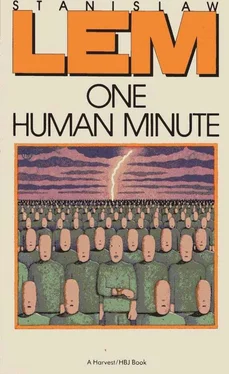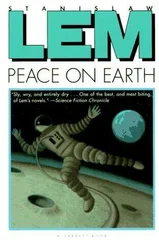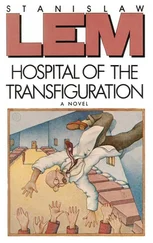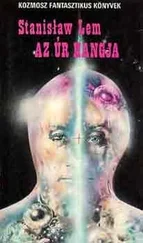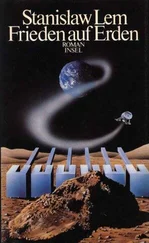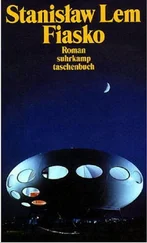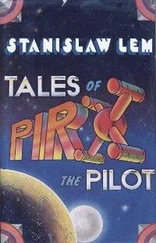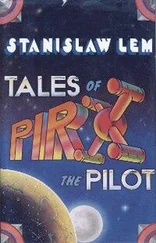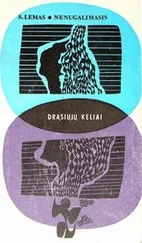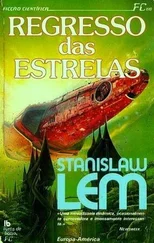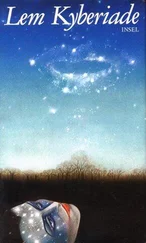Such is the picture that science is building little by little — so far without comment. It pieces the picture together from discoveries in biology and cosmology, like a mosaic from pebbles found one at a time. I could stop here, but I will take another moment to consider the final question that we are permitted to ask.
I have sketched a picture of the reality that the science of the twenty-first century will popularize, because even today the outlines are visible. This picture will receive the seal of approval of the best experts. The question which I wish to pursue where even speculation cannot reach has to do with the permanence of this world-view. Will it be the last?
The history of science shows that each picture of the world, in turn, was thought to be the last; then it was revised, only to crumble eventually like the pattern of a broken mosaic, and the labor of putting it together was taken up anew by the next generation. Religious beliefs stand on dogmas whose rejection has always been tantamount first to vile heresy, later to the birth of another religion. Living faith, to those who profess it, is the Ultimate Truth; there is no appeal. In science, there is nothing ultimate and everything can be appealed. The “certainties” of scientific knowledge are not all equally certain, and there is nothing to indicate that we are getting close to the Goal of Cognition, that final fusion of Immovable Knowledge with Irresistible Ignorance. Our increments of reliable knowledge, proved through concrete application, are unquestionable. In science, we know more than our nineteenth-century predecessors; they, in turn, knew more than their forefathers — but at the same time we recognize the world’s inexhaustibility, the fathomlessness of its secrets, for we see that each atom, each “elementary particle,” turns out to be a bottomless well. It is this astounding bottomlessness of knowledge (though everybody is accustomed now to this marathon without a finish line) that renders every “ultimate view of reality” suspect. It may be that the principium creationis per destructionem will prove to be but a phase of our diagnosis that applies the human measure to a thing as inhuman as the Universe. It may be that someday a deus ex machine will cope with these inhuman, overcomplicated measurements, inaccessible to our poor animal brains: an alienated, human-initiated machine intelligence — or, rather, the product, pretermechanical, of a human-launched evolution of synthetic mind. But here I overstep the twenty-first century into a darkness that no speculation can illumine.
English translation copyright © 1986
This involves the manipulation of this electronic extension of intellectual work to bring unlawful profits to the programmer. Recently it has expanded to include activities that, at the moment, are not recognized as crimes, on the principle of nullum crimen sine lege: it is not criminal to use the huge processing power of computers to increase one’s chances of winning the lottery or in gambling. A couple of mathematicians showed that you could break the bank in roulette by analyzing the movements of the ball, for no roulette wheel is completely random; that is, the wheel deviates from theoretical chance, and the deviation can be determined and exploited by computer.
If one disregards the chief destructive result of such visitations — that is, the total loss of vegetation and cultivated crops.
The word “chance” is not found in any scripture of any faith.
